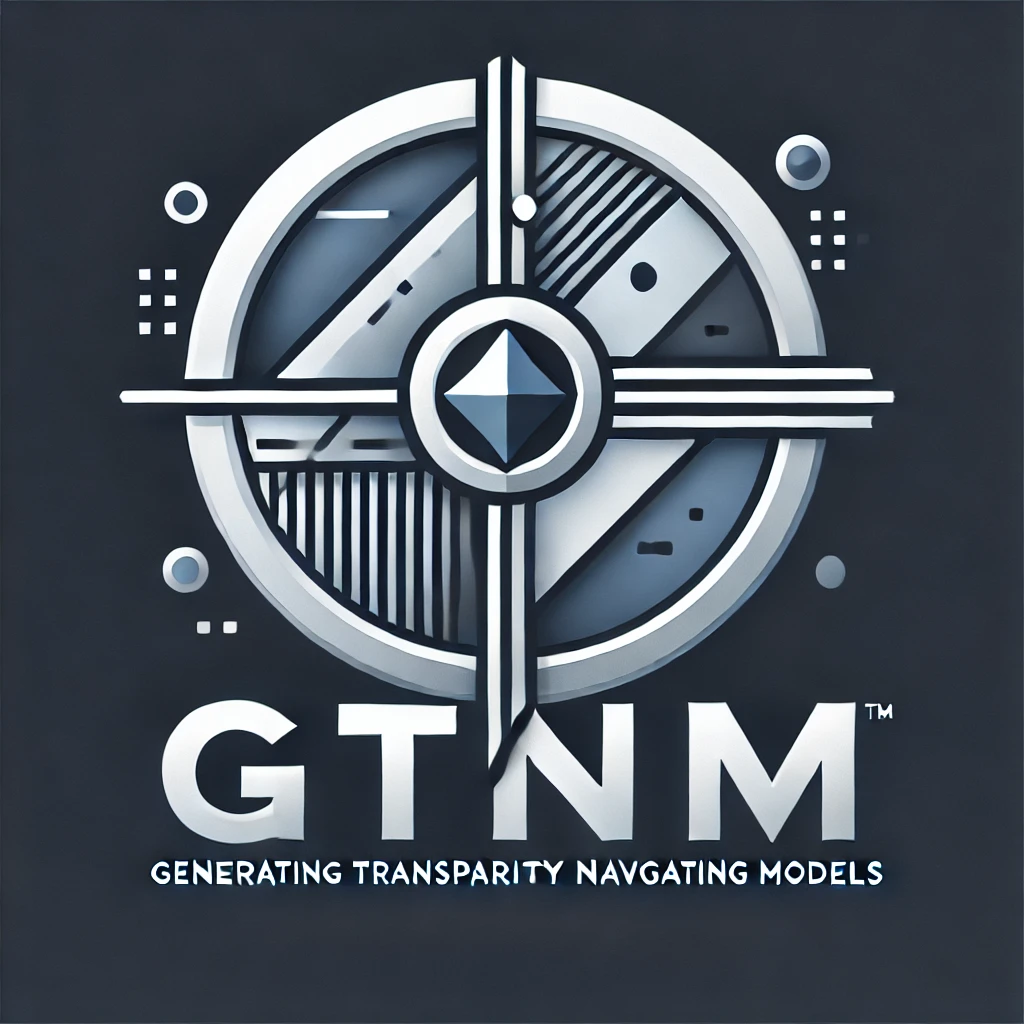Links & Research Resources
At Grounded Truth & News Movement (GTNM), rigorous research is the backbone of everything we publish. We believe that every claim must be traceable, every narrative accountable, and every reader empowered to explore the truth for themselves. This Links & Research Resources page exists to support that mission , providing direct access to the same tools, databases, and government portals we use in our analysis. Whether you’re a journalist, student, policy researcher, or a curious citizen, this is your launchpad to credible sourcing, legal documents, and evidence-based inquiry. Transparency isn’t just our standard , it’s your right.
EXECUTIVE BRANCH
WhiteHouse.gov
- Purpose: Official communications, initiatives, and executive orders from the current administration.
Office of Management and Budget (OMB)
- Purpose: Federal budgeting, regulatory oversight, and the Unified Agenda of Federal Regulations.
Environmental Protection Agency – Laws & Regulations
- Purpose: Environmental rulemaking, compliance notices, and enforcement data.
Data.gov
- Purpose: The U.S. government’s open data portal.
FOIA.gov – Freedom of Information Act Portal
- Purpose: Central hub to request public records from federal agencies.
USAspending.gov
- Purpose: Tracks how federal dollars are spent, from grants to contracts.
LEGISLATIVE BRANCH
Congress.gov
- Purpose: Track the full legislative process , bills, amendments, voting records.
GovInfo.gov
- Purpose: Official publications from all three branches of government.
Federal Register
- Purpose: Daily publication of federal agency rules, notices, and executive orders.
Code of Federal Regulations (e-CFR)
- Purpose: Continuously updated version of the CFR, the codified rules of the executive branch.
Regulations.gov
- Purpose: Submit comments and follow proposed federal regulations in real time.
JUDICIAL BRANCH
U.S. Courts (uscourts.gov)
- Purpose: Federal court rules, case forms, and opinions.
Supreme Court of the United States (SCOTUS)
- Purpose: Official opinions, case schedules, and oral arguments of the U.S. Supreme Court.
PACER – Public Access to Court Electronic Records
- Purpose: Access dockets, case files, and federal court documents.
CourtListener
- Purpose: Free and searchable U.S. court opinions and filings database.
SCOTUSblog
- Purpose: Independent reporting and analysis of the U.S. Supreme Court.
INDEPENDENT & INVESTIGATIVE RESOURCES
U.S. Government Accountability Office (GAO)
- Purpose: Audits and evaluations of federal government spending and efficiency.
Library of Congress (LOC.gov)
- Purpose: Archives, legislative research, and historical federal records.
ProPublica
- Purpose: Investigative journalism on policy, corruption, and accountability.
The Intercept
- Purpose: Investigative reporting on government secrecy, DOJ, and national security.
OpenSecrets.org – Center for Responsive Politics
- Purpose: Tracks money in politics, PACs, dark money, and lobbying.
FollowTheMoney.org
- Purpose: Tracks campaign finance at the state level across the U.S.
Government Executive
- Purpose: Policy and workforce news affecting federal agencies.
Freedom of Information Act (FOIA)
- Purpose: Transparency portal for public record requests.
ARCHIVAL & HISTORICAL RESOURCES
Internet Archive
- Purpose: Web pages, books, media, and digital history preservation.
National Archives (NARA)
- Purpose: Founding documents, federal records, and declassified files.
HathiTrust Digital Library
- Purpose: Digitized public documents from universities and libraries.
Chronicling America (LOC Newspapers)
- Purpose: Historic U.S. newspapers (1700s–1960s) preserved digitally.
Digital Public Library of America (DPLA)
- Purpose: Access to millions of digitized materials from libraries, museums, and archives across the country.
CIA FOIA Reading Room
- Purpose: Declassified intelligence reports available to the public.

